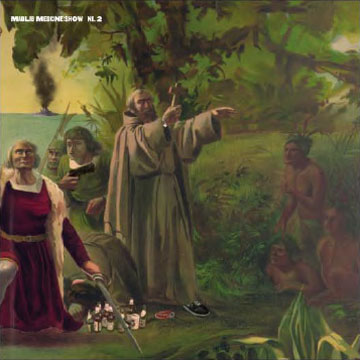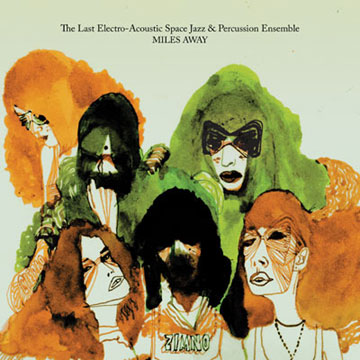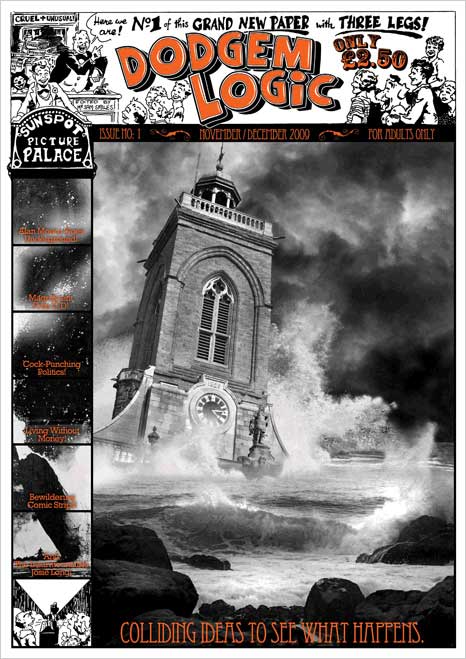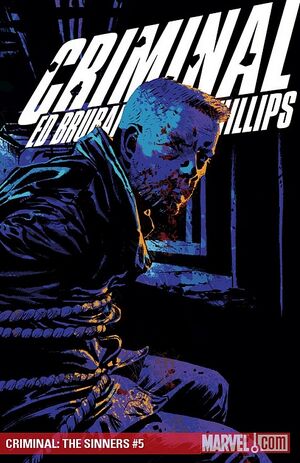 by Arthur Dela Cruz
by Arthur Dela CruzI don't know, I think I'm missing something here. To read the creator's back matter, this book was a relatively popular comic when it was originally published as an eight-issue series by Oni, and it warranted a sequel. I just don't see why.
Kissing Chaos is about a trio of teenagers who are on the run. Raevyn has hooked up with some guy for a one-night stand, and steals his laptop and cash. When she is attempting to steal a car, she gets carjacked herself by Damien and Angela, two more teens on the run. Damien has maybe just killed someone, and Angela seems pretty messed up. She's sorta the narrator for the book, but she doesn't speak to the other characters.
So, the three of them head out of town, where they drive around, argue, and keep running into the guy that Raevyn stole from, although no one thinks it weird that he keeps finding them. Even though they are running away. But the cops can't find them, even though they are plastering Damien's face on the news, and NO ONE recognizes him.
Angela is obsessed with Damien, and insanely jealous of any time he spends talking to Raevyn. Raevyn is portrayed as pretty over the top; she is like the worse character traits of Marvel's Jubilee, jacked up to eleven. She is always looking for a reason to argue. Damien doesn't seem to have a personality. So they drive around, and almost get caught.
The book is kind of boring, and is made harder to understand because of the muddy gray tones Dela Cruz uses throughout. I liked his art on Skinwalker, the De Filippis and Weir Native American horror book he did, but here, it's just too hard to follow. It's kind of like reading a manga book that got wet in a dark room.
I won't be getting the second volume.














































